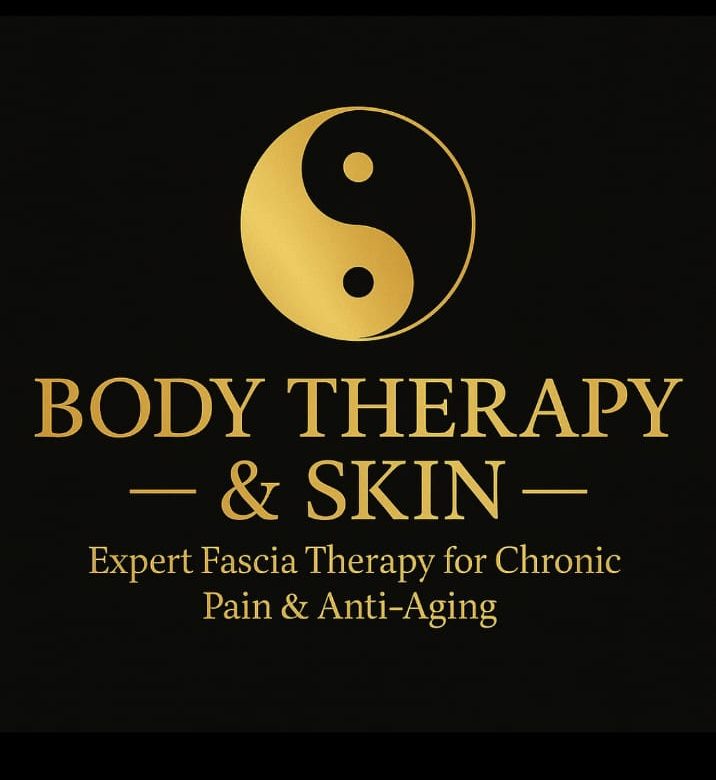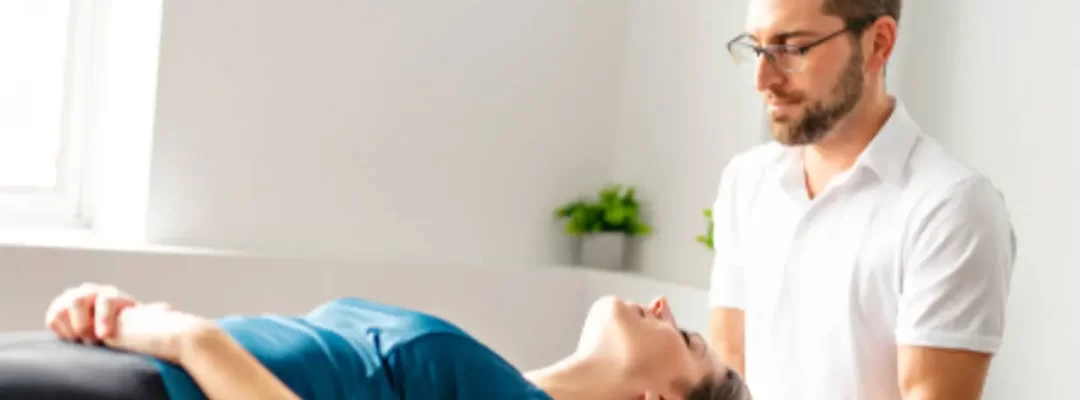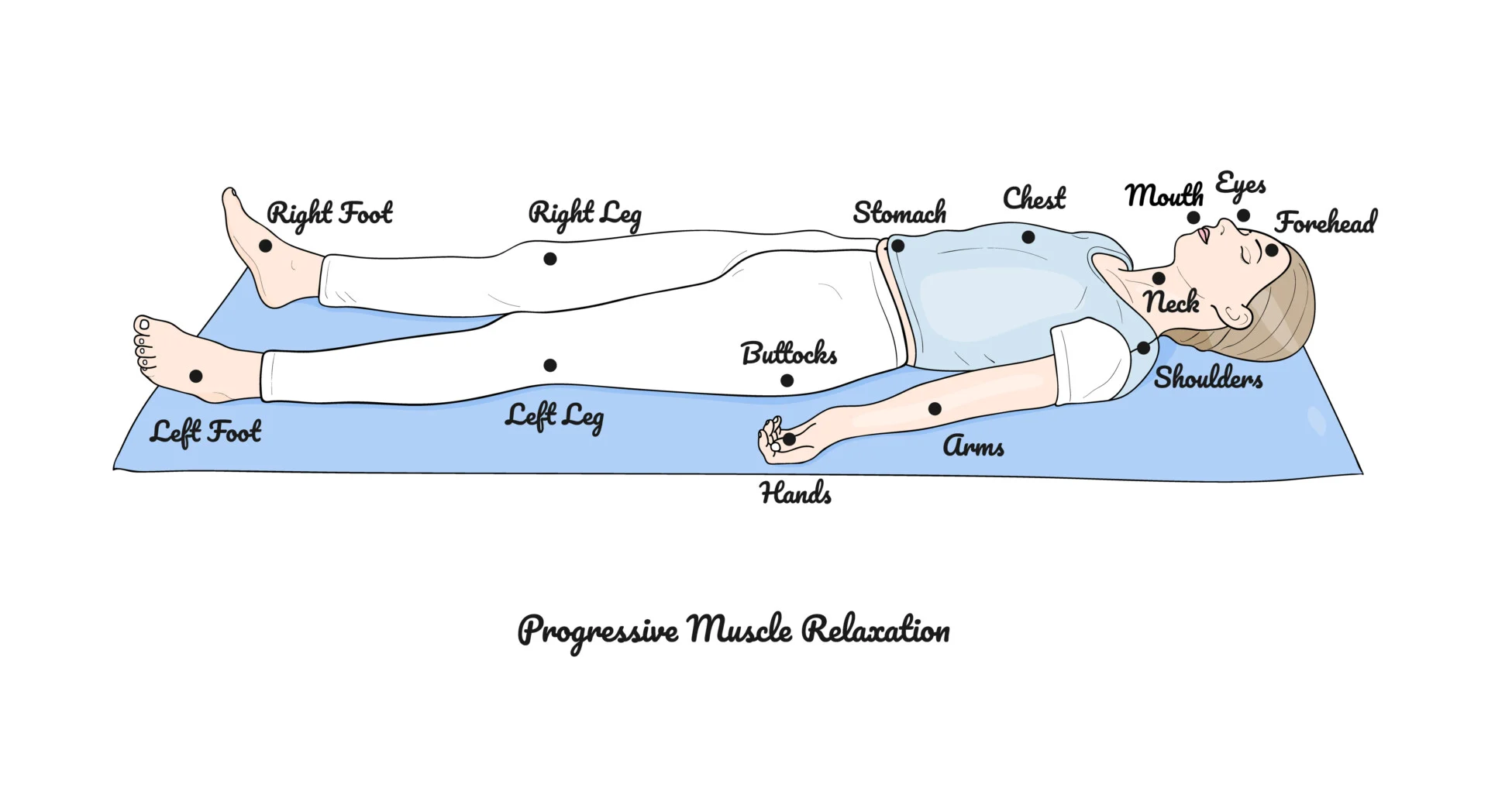Relaxing your muscles is not just about alleviating discomfort; it’s a gateway to better health, improved mood, and enhanced overall well-being. Whether you’ve had a long day at work, pushed your limits in the gym, or feel the weight of everyday stress, muscle relaxation can be your ultimate remedy. At Body Therapy Spa, we understand the importance of incorporating relaxation techniques into daily life. In this article, we’ll guide you through the best muscle relaxation techniques, touching on related therapies like Myofascial release, Pain relief therapy, and Alternative therapy treatments, to help you feel your best.
Why Muscle Relaxation Matters
Muscle relaxation is more than a feel-good activity; it’s an essential practice for maintaining physical and emotional health. Chronic muscle tension, whether caused by stress, overuse, or inactivity, can lead to more serious problems like stiffness, pain, and limited mobility. Over time, unresolved muscle tension may contribute to poor posture, frequent headaches, and even mood disturbances.
Relaxing your muscles helps boost blood circulation, allowing more oxygen and nutrients to flow to your tissues. This process not only relieves immediate discomfort but also promotes healing and flexibility. Therapies like Manual therapy in St. Petersburg highlight the professional techniques available to address deep-seated muscle tension. Ultimately, learning to relax your muscles can have a profound impact on your day-to-day life, making even the most stressful moments easier to handle.
The Link Between Stress and Muscle Tension
When we’re stressed, our body responds by activating its “fight or flight” mode, which often causes muscles to tighten. This response can become habitual if stress is ongoing, leaving your muscles in a constant state of tension. Muscle relaxation techniques act as a reset button for your body, interrupting this cycle and bringing relief from both physical and mental strain.
Deep Breathing Techniques for Relaxation
Breathing deeply is one of the simplest yet most effective ways to relax your muscles and reduce overall tension. When we’re stressed or tense, our breathing becomes shallow, which signals our body to stay on high alert. By shifting to deep, controlled breaths, we send the opposite signal: it’s time to relax.
How to Practice Deep Breathing
Find a quiet, comfortable space where you can sit or lie down without interruptions. Begin by inhaling deeply through your nose, counting to four as you fill your lungs. Hold your breath for seven seconds, then slowly exhale through your mouth for a count of eight.
This technique, known as the 4-7-8 breathing method, is a powerful way to calm your nervous system and promote relaxation. You can practice this method anytime you feel tension creeping in, whether at your desk, during your commute, or before bed. Over time, you’ll notice a significant improvement in your ability to manage stress and muscle tension.
Progressive Muscle Relaxation (PMR)
Progressive Muscle Relaxation, or PMR, is like giving each muscle group its moment in the spotlight. This technique systematically tenses and then relaxes each part of your body, helping you release built-up tension and connect with how your body feels.
Step-by-Step Guide to PMR
Start by sitting or lying down in a comfortable position. Begin with your feet, curling your toes and squeezing the muscles tightly for about five seconds. Then, slowly release the tension, allowing the muscles to relax completely. Move upward through your body—calves, thighs, abdomen, arms, and finally your face—spending a few moments on each muscle group. With each release, focus on the sensation of relaxation spreading through your body.
PMR is particularly effective when combined with therapies like Myofascial release, which focuses on relieving tension in the connective tissues. Together, these approaches can significantly reduce physical discomfort and promote a sense of overall ease.
Stretching for Tension Relief
Stretching is one of the most accessible and beneficial muscle relaxation techniques, suitable for people of all fitness levels. It works by elongating muscles and improving circulation, helping to prevent stiffness and enhance flexibility. Regular stretching not only relieves existing tension but also reduces the likelihood of injuries during physical activity.
Effective Stretches
Incorporate stretches into your daily routine to keep your muscles loose and relaxed. Neck rolls, where you gently rotate your head in a circular motion, are excellent for relieving tight shoulders and neck muscles—common areas where stress accumulates. Hamstring stretches, performed by sitting on the floor, extending one leg, and reaching for your toes, can improve mobility in the legs and lower back. The child’s pose, borrowed from yoga, stretches the spine and hips, making it an ideal full-body stretch for relaxation.
Stretching pairs well with professional pain relief therapy, which often includes targeted techniques to address specific areas of tension. Even dedicating just 10 minutes a day to stretching can transform how your body feels.
Heat Therapy and Its Benefits
Heat therapy is a timeless and highly effective way to relieve muscle tension. Applying heat to tense areas increases blood flow, which helps relax muscles and reduce pain. It’s especially useful for chronic conditions or after intense physical activity.
How to Use Heat Therapy
There are many ways to incorporate heat therapy into your routine. Use a heating pad or hot towel to target specific areas of discomfort, or indulge in a warm bath with Epsom salts to relax your entire body. Epsom salts are rich in magnesium, which helps muscles release tension naturally. For a more modern approach, consider infrared saunas, which provide deep, penetrating heat that can ease even the most stubborn tension. Heat therapy is an essential complement to alternative therapy treatments, offering a holistic way to care for your muscles.
The Role of Massage in Muscle Relaxation
Few things are as effective as a massage for relieving muscle tension. Massages feel incredible and provide therapeutic benefits, such as improving blood circulation, reducing stress, and addressing muscle knots.
Types of Massage for Relaxation
Different massage techniques offer unique benefits. Swedish massage uses long, gentle strokes to promote relaxation, while deep tissue Therapy targets deeper layers of muscle for those with chronic tension. Myofascial release, a specialized therapy focused on the connective tissues, is particularly effective for addressing long-term muscle tightness. At Body Therapy Spa, we combine these techniques to create customized treatments that cater to your specific needs.
Yoga and Its Impact on Muscle Relaxation
Yoga is a holistic practice that combines stretching, mindfulness, and controlled breathing. It’s one of the most effective alternative therapy treatments for muscle relaxation, offering benefits for both the body and mind.
Best Yoga Poses for Relaxation
Incorporate poses like the downward dog, which stretches the entire body, or the cat-cow stretch, which gently loosens the spine. The savasana, or corpse pose, is perfect for achieving deep relaxation at the end of your yoga practice. By practicing yoga regularly, you not only improve your flexibility and balance but also reduce muscle tension and stress.
Meditation for Mental and Physical Ease
Meditation allows your mind to release stress, which often manifests as physical tension in the body. By dedicating just a few minutes each day to meditation, you can enhance the effects of other muscle relaxation techniques and create a lasting sense of calm.
How to Meditate for Relaxation
Find a quiet space and sit comfortably. Close your eyes and focus on your breath, inhaling deeply and exhaling slowly. If your mind wanders, gently bring your focus back to your breath. Using a guided meditation app can make the practice even easier, especially if you’re new to meditation.
Hydration and Nutrition for Muscle Health
Your muscles rely on proper hydration and nutrition to function optimally. Without enough water, your muscles are more prone to cramping and fatigue, while poor nutrition can contribute to stiffness and soreness.
Essential Tips
Drink plenty of water throughout the day to keep your muscles hydrated. Incorporate potassium-rich foods like bananas and avocados, as well as magnesium-rich options like nuts and leafy greens. Avoid processed foods that can lead to inflammation. These small dietary changes, paired with techniques like Myofascial release, can make a significant difference in how your body feels.
Essential Oils and Aromatherapy
Aromatherapy is a simple yet powerful way to relax both the mind and body. Essential oils like lavender, eucalyptus, and peppermint are known for their calming and muscle-relaxing properties.
How to Use Essential Oils
Diffuse essential oils in your home, add a few drops to a warm bath, or mix them with a carrier oil for a soothing massage. This practice enhances the effects of alternative therapy treatments, creating a serene environment for relaxation.
The Importance of Sleep for Muscle Recovery
Sleep is the body’s natural way of repairing and rejuvenating itself. During sleep, muscles recover from the day’s activities, making rest an essential component of any muscle relaxation routine.
Tips for Better Sleep
Create a consistent bedtime routine that includes relaxing activities like reading or stretching. Avoid caffeine and screens before bed to promote better rest. Quality sleep ensures your muscles have the time they need to heal and recharge.
Conclusion
Muscle relaxation techniques are more than just ways to feel good—they are essential for maintaining your health and well-being. Whether you’re practicing deep breathing, stretching, or exploring therapies like Myofascial release, each step brings you closer to a healthier, more relaxed body and mind. At Body Therapy Spa in St. Petersburg, FL, we’re here to support you on your journey to total relaxation. Incorporate these techniques into your daily routine and discover the transformative power of relaxation.
FAQs
1. What is the fastest way to relax muscles?
Deep breathing and heat therapy provide immediate relief for muscle tension.
2. How often should I practice muscle relaxation techniques?
Daily practice, even for 10–15 minutes, can significantly improve muscle health.
3. Are massages better than stretching for muscle relaxation?
Both are beneficial. Combining them enhances relaxation and flexibility.
4. Can meditation help with physical tension?
Yes, meditation reduces mental stress, which often manifests as muscle tension.
5. How does nutrition impact muscle relaxation?
Proper hydration and a balanced diet rich in potassium and magnesium are essential for relaxed, healthy muscles.
By incorporating these practices, you’ll feel more relaxed and improve your overall quality of life.



